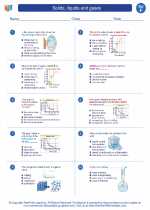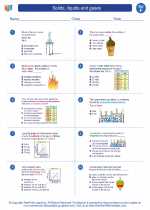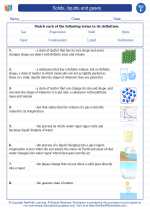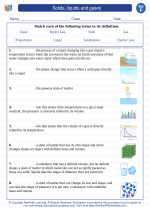Rain Gauge
A rain gauge is a meteorological instrument used to measure the amount of precipitation that falls at a particular location over a specific period of time. It is an essential tool for monitoring and recording rainfall, which is crucial for various fields such as agriculture, hydrology, and climate research.
How does a rain gauge work?
There are different types of rain gauges, but the most common design consists of a cylindrical container with a funnel at the top to capture the rainwater and a measuring scale to indicate the amount of precipitation. As rain falls into the funnel, it is funneled into the container, allowing for accurate measurement of the collected water.
Types of Rain Gauges
Some common types of rain gauges include:
- Standard Rain Gauge: This type consists of a graduated cylinder that collects and measures the rainfall.
- Tipping Bucket Rain Gauge: It uses a seesaw-like mechanism to measure the rainfall. When the bucket fills to a certain level, it tips over, and the amount of water collected is recorded.
- Weighing Rain Gauge: This type measures rainfall by weighing the amount of water collected in a storage container.
How to Use a Rain Gauge
Here are the steps to use a standard rain gauge:
- Place the rain gauge in an open area, away from obstructions such as buildings and trees.
- Ensure that the gauge is level and stable.
- Check the gauge regularly and record the amount of rainfall collected.
- Empty the gauge after each reading to prepare for the next rainfall.
Study Guide Questions
- What is the purpose of a rain gauge?
- Describe the working principle of a standard rain gauge.
- Explain the differences between a standard rain gauge, a tipping bucket rain gauge, and a weighing rain gauge.
- Why is it important to place the rain gauge in an open area?
- What are the steps for using a rain gauge?
Studying the rain gauge is essential for understanding how precipitation is measured and its significance in various scientific and practical applications.
.◂Science Worksheets and Study Guides Sixth Grade. Solids, liquids and gases

 Activity Lesson
Activity Lesson
 Worksheet/Answer key
Worksheet/Answer key
 Worksheet/Answer key
Worksheet/Answer key
 Worksheet/Answer key
Worksheet/Answer key
 Vocabulary/Answer key
Vocabulary/Answer key
 Vocabulary/Answer key
Vocabulary/Answer key
